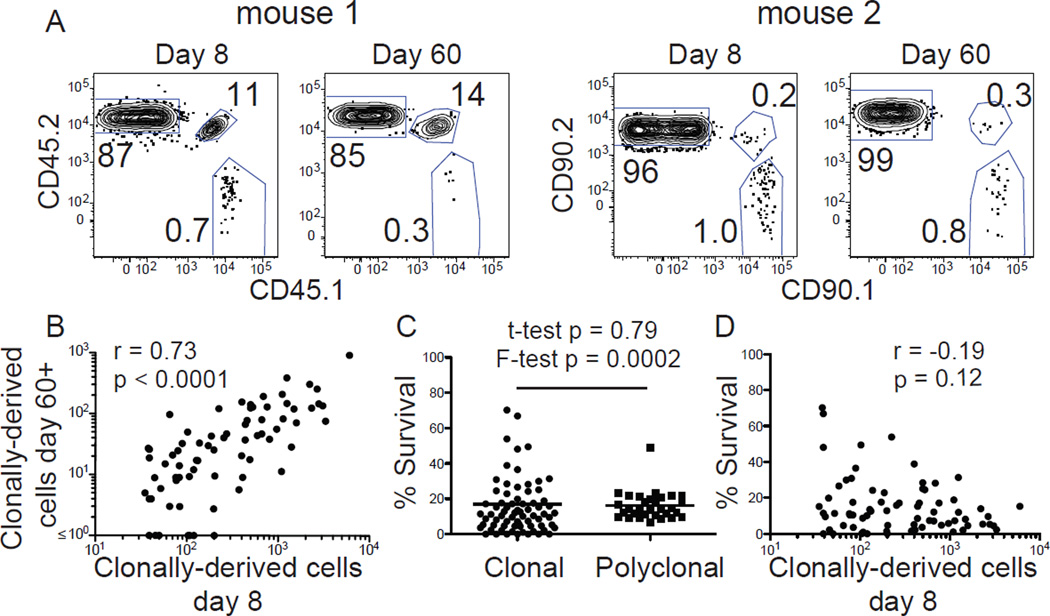Fig. 2. Nearly all clonal effector cell populations produce memory cell populations.
(A) LLOp:I-Ab tetramer-binding CD4+ T cells from two different B6 mice that received 7x105 CD4+ T cells from 8 unique CD45 and CD90 congenic strains, identified by partial splenectomy and tetramer-based cell enrichment 8 days (left panel) and 60 days after L. monocytogenes infection (right panel). Each mouse contained a recipient-derived polyclonal (CD45.2/2 for mouse 1 or CD90.2/2 for mouse 2) and 2 donor-derived clonal populations (mouse 1 - CD45.1/2 and CD45.1/1, mouse 2 – CD90.1/2 and CD90.1/1) (B) Number of cells produced by different single naïve cells at day 8 and 60 or 62 after infection. (C) Percent survival between day 8 and 60 or 62 after infection for different donor-derived clonal or recipient-derived polyclonal effector cell populations. Note that one clone, with a calculated percent survival of 149% is not shown. (D) Number of effector cells produced by different single naïve cells at day 8 versus the percentage that survived on day 60 or 62. Statistical values in (B) and (D) were calculated with the Spearman correlation test and in (C) with Student’s t-test for unpaired samples or an F-test of equality of variances. Pooled results from 2 independent experiments are shown.

